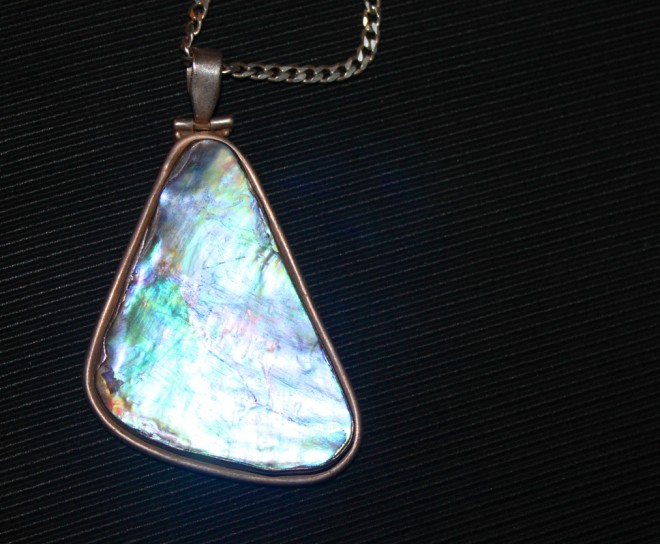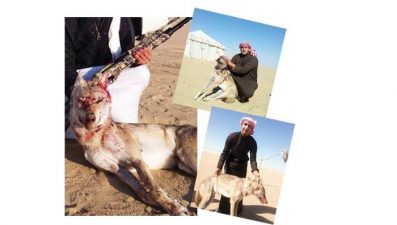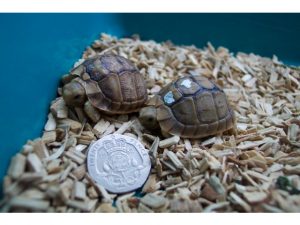 How do you feel about jewelry made from dead animals? I’m not talking about fetish jewelry where teeth, bones, and vertebrae turn into sinister charms, but tasteful pendants and earrings made more colorful by adding real insect wings.
How do you feel about jewelry made from dead animals? I’m not talking about fetish jewelry where teeth, bones, and vertebrae turn into sinister charms, but tasteful pendants and earrings made more colorful by adding real insect wings.
It’s a growing trend that morphs dead butterflies into jewelry. A grim pun there, as the most coveted species for this is the Blue Morpho.
Butterflies have existed for over 30 million years and come in about 20,000 species. Symbols of powerful transformation, the ancients linked them to death and the human soul. We now view them as happy harbingers of summer, delicate aerial acrobats that add interest to our gardens. Some are pests, but most serve critical roles in nature by pollinating plants and eating other insects.
Everyone loves butterflies, which partly explains their evolution into accessories. But look past the striking colors and give this some thought. What sort of spin-meistering makes it cool to wear dead bugs?
Many sellers of these items sidestep accusations of animal abuse by asserting that – since they source their wings from insects that die “of natural causes” – no butterflies are harmed in the process. (A butterfly’s lifespan can range from a week to a year, depending on species.) Others team up with butterfly farms to gain eco-cred: the farms donate dead bugs to the jewelers, who return a portion of sales back to the farms to help underwrite conservation projects.
Butterfly farms are typically composed of several large, net-enclosed areas – each about the size of a soccer pitch – where the critters experience all of their life cycles in a predator-free environment. (This assumes you don’t consider the people waiting to clip their lifeless wings.)
Most of the insects come from Malaysia (where over 50% of the world’s butterflies live!), South America, and Indonesia. One site claims that harvesting dead bugs supports micro-economies, as local people can earn money picking them up and prepping them for shipment. Since self-propelled flight is no longer an option, consider the carbon footprint of shipping the tiny carcasses to North America where most of the jewelry companies are located.
Harvesting wings from conservation-oriented farms protects butterflies in the wild, but what about the farms that raise them for the sole purpose of making jewelry?
 Years back, a favorite Guilty Pleasure was tucking into chick-flick “It’s Complicated” with my pre-teen daughter. We could recite every line, memorized the costuming, and both fell in love with a stunning necklace worn throughout the film by Meryl Streep (pictured above). We learned it was a Blue Morpho wing encased in crystal glass and rimmed in gold, retailing for about $1700! Knowing it was a dead butterfly instantly killed our coveting. But surely other smitten viewers stayed on the hunt for similar – and more affordable – designs.
Years back, a favorite Guilty Pleasure was tucking into chick-flick “It’s Complicated” with my pre-teen daughter. We could recite every line, memorized the costuming, and both fell in love with a stunning necklace worn throughout the film by Meryl Streep (pictured above). We learned it was a Blue Morpho wing encased in crystal glass and rimmed in gold, retailing for about $1700! Knowing it was a dead butterfly instantly killed our coveting. But surely other smitten viewers stayed on the hunt for similar – and more affordable – designs.
Who knows how many wings were dissected to meet demand? Imagine the outcry if the jewelry involved other animals, like a puppy or kitten. Best described by novelist Robert Heinlein as “self-propelled flowers”, butterflies also deserve to be treated with kindness.
Postscript: Years after we gave up on the Meryl pendant and at the end of a very long climb to the Monastery at Jordan’s Petra, my daughter and I took a stroll on the mountain top while the rest of our crew went to find water. A jeweler was selling handcrafted silver from a small tent – real artistry, not the made-in-India tat hawked by the Bedouin kids. And there it was – the Morpho pendant! Reproduced in blue mother-of-pearl and silver (image above). We bought it for a reasonable 30 JD ($42) and now take turns modelling it, smugly stylish because ours is butterfly-free.
Image of a child with butterflies from Shutterstock.




